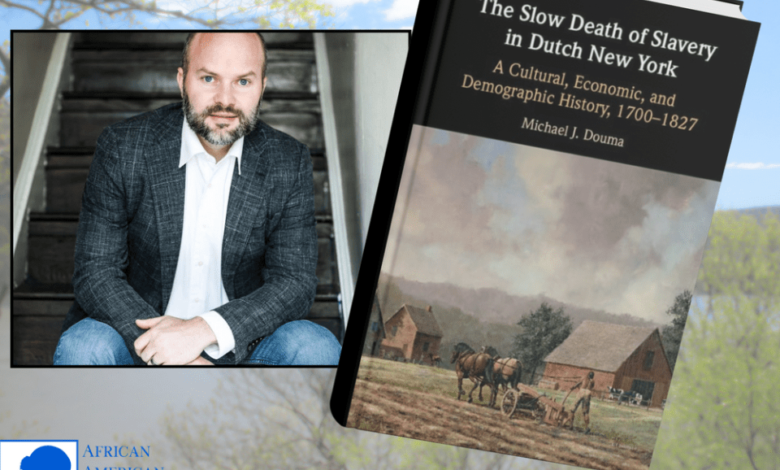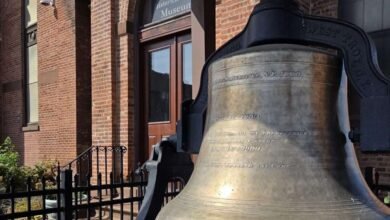The Magnitude of Dutch Slavery in the Hudson Valley


 Slavery in the North is a topic that not many understand. Researchers have only in the past decade or so begun to really take a deeper look at slavery in urban northern areas, such as New York City – whose enslaved population was second only in size to that of the South.
Slavery in the North is a topic that not many understand. Researchers have only in the past decade or so begun to really take a deeper look at slavery in urban northern areas, such as New York City – whose enslaved population was second only in size to that of the South.
Undoubtedly, whatever you heard about slavery reflects the southern perspective. Large plantations of poorly treated uneducated enslaved people living in ramshackle quarters under the ever vigilant and often times violent eye of an overseer. Enslaved mothers living in constant fear their children would be sold and sent far away. Tales of resistance and dangerous escapes abounded.
But there is a rich, complex and unique slavery story just now being told about the North. It is not a better story, certainly not more humane, just different.
It is the story of slavery in the Dutch settled upper Hudson River Valley. The story of the enslaved Africans who were brought to what is now Albany in 1627 – only a few years after that community was settled. For example, by the late 1700s Kinderhook in Columbia County, NY, had more enslaved people than any other place outside of New York City.
It’s the story of the Dutch farmers and the African people they enslaved for 200 years (until 1827). Having no more than a handful of enslaved, many farmers worked side-by-side with them in the fields and slept in the same house (albeit in different areas) in the kitchen, cellar, or attic.
It’s the story of the enslaved who spoke Dutch, were skilled in several trades so that they could be leased out to other farms, and as manumission approached negotiated a status similar to an indentured servant. After emancipation, they often took the Dutch surnames of their former enslavers.
And they, like other members of the Columbia County community, established their roots. They worked, married, established homes, had families, eventually died and were buried, here there descendants still live in our communities.
The African American Archive of Columbia County in collaboration with the Hudson Area Library will present the first of four talks in its “Speaking About History” lecture series: “So Many Souls: The Magnitude of Dutch Slavery in the Hudson Valley.”
This talk by Dr. Michael Douma on Sunday, October 5, 2025 from 2 pm until 4 pm via Zoom and in person at Hudson Area Library, 51 North 5th Street in Hudson, NY. Reserve a spot here.
In his ground-breaking work The Slow Death of Slavery in Dutch New York: A Cultural, Economic and Demographic History, 1700-1827 (Cambridge University Press, 2025), Douma provides a framework which brings these topics into context.
The book provides a new interpretation of Dutch American slavery which changes much of the traditional assumptions about slavery in New York. Douma’s emphasis on demographics and economics shows that slavery in the 18th century was mostly rural, heavily Dutch and generally profitable through the cultivation of wheat.
In this presentation Douma will present the results of years of data compilation and analysis of slavery in New York, with particular focus on the Dutch in the Hudson Valley. He argues that slavery in New York was quite different from the traditional story often told. (You can read more about the book and others like it here.)
Michael J. Douma is an Associate Research Professor at Georgetown University’s McDonough School of Business, where he is the director of the Institute for the Study of Markets and Ethics.
He teaches courses in American and world history for Georgetown University. He has published widely on the history of Dutch Americans, slavery, and immigration.
The African American Archive of Columbia County, New York exists to document, preserve, and share the deep history of Black people in the upper Hudson Valley. From their arrival with the Dutch Patroons in the 17th century, through today, the roots of Black American forebears have been profoundly intertwined with the land and people of Columbia County. While hardly secret, this narrative is seldom told or taught in schools. Their mission is to bring these stories to light.
Read more about slavery in New York State.
Source link




